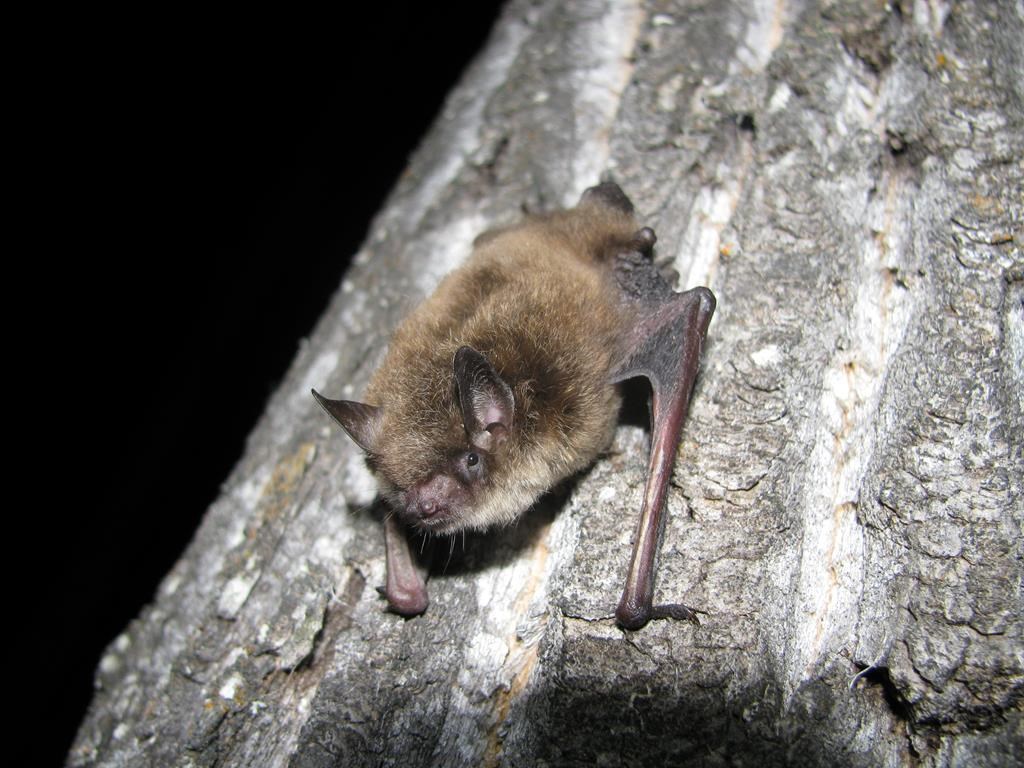A fungus known to cause a deadly disease among bats has made its way to British Columbia.

The fungus, which causes white nose syndrome, was recently detected in bat guano in the Grand Forks area, B.C.’s Ministry of Water, Land and Resource Stewardship said in a media release Monday.
White nose syndrome attacks bats by disrupting their hibernation, and is responsible for ravaging bat populations across North America.
Its high mortality is responsible for three bat species in Canada being listed as “endangered,” the ministry said.
The disease was first discovered in New York State in 2006, and has spread to 38 states and eight provinces. The disease made its first appearance in Saskatchewan last summer, and in Alberta in January.
The province has been monitoring for white nose syndrome since it was first detected on the U.S. west coast in 2016.

“The Ministry of Water, Land and Resource Stewardship is working with multiple partners to implement enhanced surveillance for the disease, as well as reduce threats to bat habitat,” the release reads.

Get daily National news
“Since bats eat a wide variety of insects and pests, they are essential for keeping B.C.’s ecosystems in balance.”
According to the ministry, the infectious fungus is mainly spread by direct contact between bats. It doesn’t affect humans, but can be spread by human activity, the mnistry added.
“Because there is currently no proven prevention or treatment for white nose syndrome, the best approach for bat conservation is the reduction of other threats to support healthy, resilient bat populations as they face this disease,” the ministry said.
“Scientists are working together to better understand bat behaviour and habitat use in the winter when bats are most at risk from the fungus.”
The province is asking people who know of winter bat roosting sites to report them. It is also asking people to report unusual bat behaviour, such as flying during the day, or any dead bats they find.
People who do find a sick or dead bat should never touch them with their are hands, it added.
Reports can be made to the province’s Community Bat Program through its website.

- Donald Trump claims B.C.’s ‘very large faucet’ could help California’s water woes
- Canada must speed up progress to hit its 2030 emissions target: report
- U.S. TikTok ban case pits free speech vs. national security. Which will win?
- A final, tragic text from doomed Titan sub revealed at Coast Guard hearing








Comments